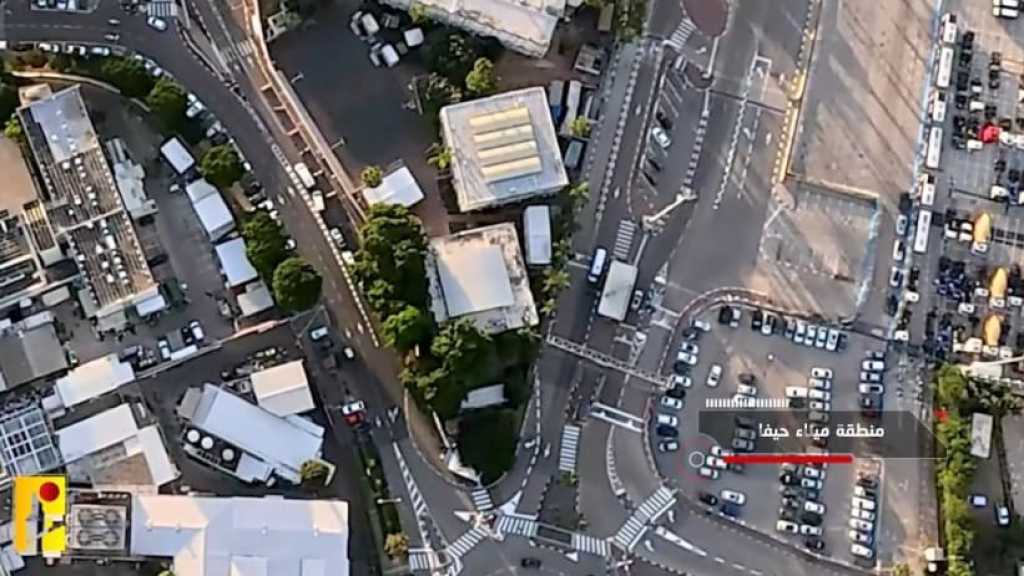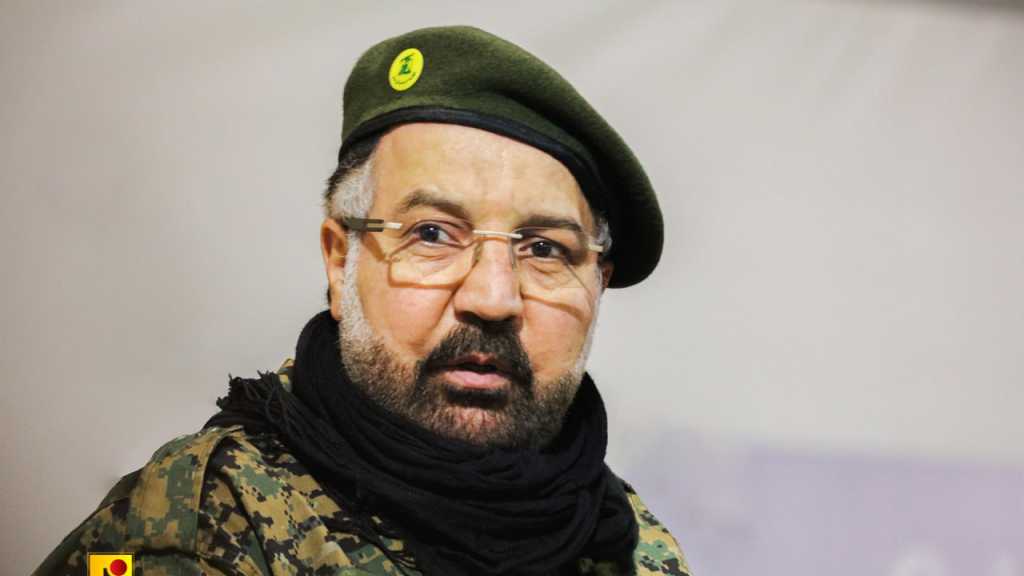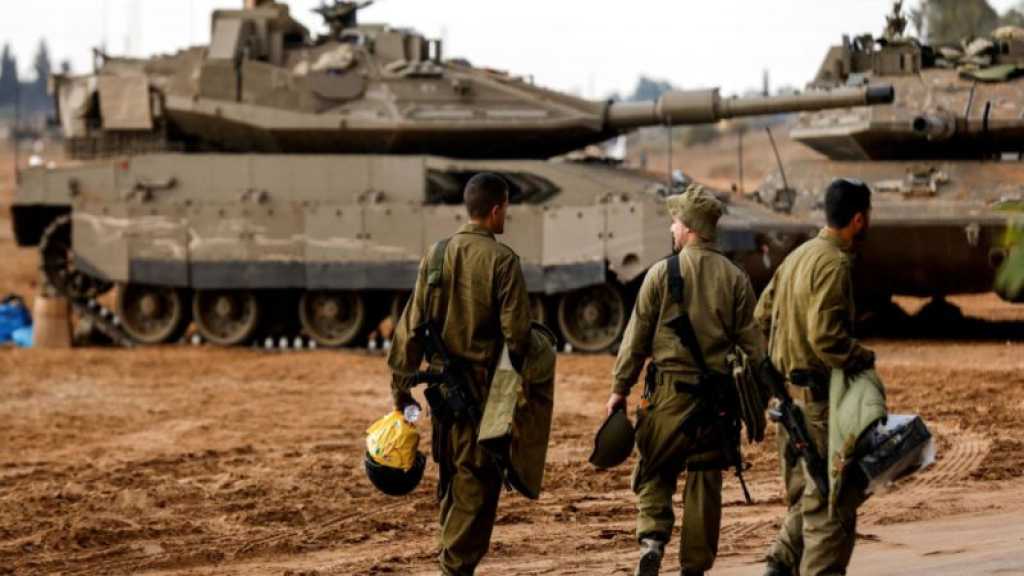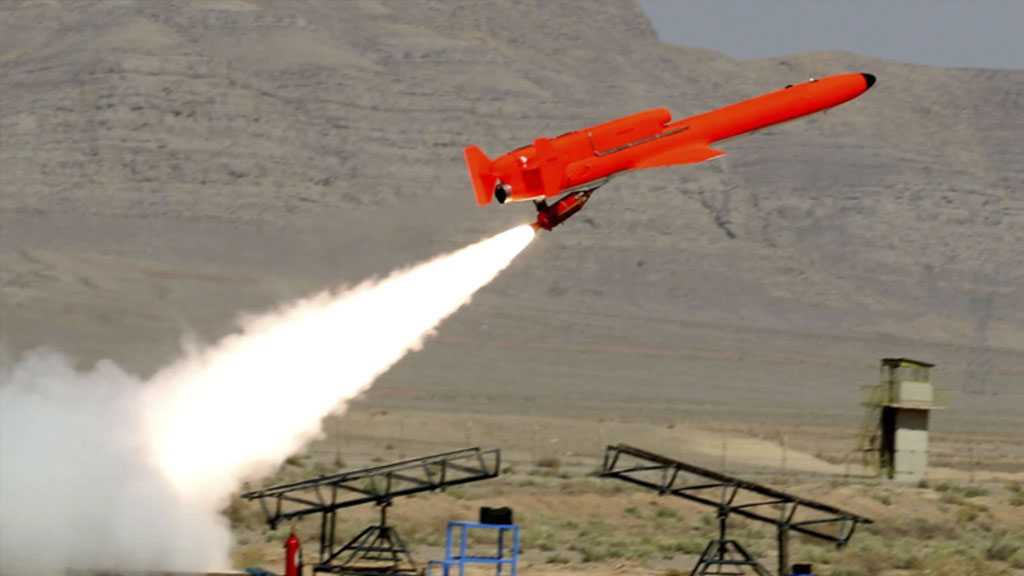
Qaa Is Racing With Aleppo

Al-Akhbar- Firas Al-Shoufi, Rameh Hamiyeh

What will the Lebanese cabinet do today? It will listen to the reports of the military and security forces, file a request with the HRC (Higher Relief Commission) to compensate the families of the martyrs, and then pick up the remains of its open scandals. Meanwhile, some in the security forces will be removing the last traces of the illegal Internet crime, while the army commander keeps up with the presidential stock market. And those who previously drew a red line for the latter preventing him from waging a battle he did not originally press to fight, are now issuing a lot of statements as if they were talking about a town in the north pole and not a Lebanese town the terrorist wanted to occupy yesterday after occupying the neighboring barrens of Arsal and Ras Baalbek. These people are sounding a lot like crows in a cemetery, not daring to be honest with the people and telling them that the rulers in Washington and Riyadh have issued orders to keep the barrens under occupation.
In the moment of truth, no one addresses the matter but those who have it in their grasp. And we can only but wait for the resistance to repay the residents of Qaa, who protected the whole region with their bodies. We say this clearly: Let the resistance clear the entire region from the «Daesh» terrorists and their supporters. We know that Hizbullah's human and physical capabilities do not allow it to wage all of the battles required for defending Lebanon and the Levant at once, but in such difficult days we cannot hide behind a finger nor rely on statements issued by losers who support terrorists and criticize the weapons of the resistance. On the other hand, they believe that the Saudi and American ambassadors in Beirut can protect Qaa and the Lebanese villages.
The residents of Bikaa and the endangered areas feel very confident that the resistance is our salvation in this crisis until the state's situation, its military and security institutions, are improved.
The overnight decisions taken by the leadership of the resistance in the northern Bekaa suggest that something, exceeding the precautionary measures, is being prepared. As Aleppo today represents the key to the battle in confronting the masters of those who sent the suicide bombers yesterday, the battle to liberate the Qaa barrens and the rest of the eastern mountain range has become a priority. Qaa is racing with Aleppo. After yesterday's crimes, it should probably be said even if it was just wishful thinking, that Qaa supersedes Aleppo.
Two years since the «invasion» of Arsal on August 2nd, 2014, and the scene is repeating itself in the border town of Qaa. Yesterday's bloody day, removed all doubts and confirmed the data by the Lebanese security services, that the decision of the terrorist organization «Daesh» is to divert attention to Lebanon by targeting all of Lebanon, as [the terrorist groups] comes under pressure militarily and financially in Syria, Iraq, and Libya.
Although the majority of the Lebanese politicians and ambassadors of the major powers keep repeating here and there that «the international umbrella» protects Lebanon, the security incidents, from the bombing in front of [Blom Bank], to the daily activities of terrorist cells - leading to the «invasion of Qaa» yesterday - indicate that a new stage in the country has already begun. A new bloody chapter, both politically and in terms of security, will determine the milestones of this next stage in the small entity, amid a disjointed and volatile surrounding.
Details of the Terrorist Attacks
Around two thirty at dawn on Sunday, citizen Shadi Mokalled noticed four unidentified people moving near his house, which lies on the outskirts of the border town of Qaa. Mokalled was suspicious and asked the individuals about their identities and destination. They told him they were «army intelligence». Mokalled was not convinced and contacted the nearby intelligence station which confirmed to him that there were no «patrols in the region». Mokalled had no choice but to fire at the terrorists. He then threw a hand grenade [which did not explode, and the army later blew it up]. Following the shooting, one of the suicide bombers blew himself up near the fence of the house, and within 5 to 7 minutes an army intelligence patrol arrived to talk to some of the people who were present following the first blast. Then the second suicide bomber blew himself up near the patrol, wounding three of its members. The second bombing went off coinciding with the departure of an ambulance from the church's clinic in the town as well as the moment when a large number of residents gathered. The third suicide bomber blew himself up near the ambulance, and the fourth suicide bomber followed. The terrorist attacks lead to the martyrdom of Majid Wehbe, Faisal Aad, Joseph Leyous, Boulus Matar (the ambulance driver), and George Kallas. 12 people were injured, including three members of the intelligence services.
In the early hours of the afternoon, the objectives of the terrorist attack had not been clarified yet, and conflicting analysis and data surfaced, especially that more than one high-level security source stated that the goal was not Qaa but one of the areas of the Bekaa which is an incubator for Hizbullah. They also stated that the suicide bombers were either waiting for a collaborator to take them out of the town or steal a car and execute the attack in Hermel or a village in the northern Bekaa, or even access to the southern suburbs of Beirut, but their exposure prevented this from happening.
Last week, Hizbullah took a series of preventive security measures, based on security data indicating the terrorists' intention to carry out attacks. The measures were aimed at protecting areas that could be a target for terrorist operations. The second hypothesis is that the terrorists were waiting for one of the Lebanese army's buses or vehicles to target first and then wait for a large gathering or residents and security forces to execute the second attack.
However, a security source affirmed to «Al-Akhbar» that the second wave of attacks confirmed that the town of Qaa was the target. At about quarter past ten last night and while people gathered in solidarity with the victims of the terror attack in front of the town church and to protect the town, two terrorists on a motorcycle threw a grenade at the crowd before the two bombers consecutively blew themselves up near the Qaa municipality building. A third terrorist tried to attack a Lebanese army tank, but the soldiers and residents who took up arms killed him. Conflicting reports of four suicide bombers including a woman surfaced. But eyewitnesses confirmed to «Al-Akhbar» that there were remains of three bodies only. No one was killed during the night attack. Eight were wounded, one of them in critical condition.
The Road to the Sea Passes Through Qaa
Until the late hours of last night, the security services did not resolve the nature and the goal of the terrorist crimes that took place in Qaa. However, more than one political and security source told «Al-Akhbar» about the context in which the attacks occurred.
Despite the stringent security measures taken by the Lebanese army in the vicinity of the town of Qaa, and the army's advanced military positions supplied with monitoring towers built by the British along the eastern mountain range, starting from Arsal and passing through Ras Baalbek, the town of Qaa and its adjacent projects seem to be the weakest point for infiltration and penetration operations due to its rough terrain, length and the army's inability to wrest full control on the border. For months now, the army has been fighting a «silent» war against the militants as they target their positions with artillery or unmanned drones. The operations are always synchronized with the operations the resistance is conducting in the barrens as it targets terrorists. But the operations did not completely eliminate the terrorists and their movements between Al-Jrajir and the Qarra barrens, extending to the Qaa barrens, especially since there have been several attempts in the past to re-attack the town of Jouseh and the surrounding barrens in southern Qusair and the impossibility of fully destroying the smuggling routes that overlooked Qusair and which the terrorists used to cross from Al-Badiya to Al-Hasiya barrens. This as data by the military intelligence indicated that «Daesh» is preparing for a security operation in Qaa on the one hand and the Nahle barrens in the other. In the past few days, movements by the terrorists were observed in the barrens and along the Sirgaya-Zabadni front, which some sources said was a part of an effort to distract the Syrian army and Hizbullah from the Aleppo battle.
The scheme discussed two years ago, between the commander of the Lebanese Armed Forces, Jean Kahwaji, and British Prime Minister David Cameron, cannot be separated from plans by «Daesh» to open a passageway from Al-Badiyah to northern Lebanon reaching a sea exit. And geographically, this corridor should pass through the town of Qaa to reach the outskirts of the Akkar region. Yesterday's attack reminds us of the attack that targeted the Lebanese army three months ago. That attack targeted one of the watchtowers in the town Hnaidar in Akkar. The details of that attack remain vague.
This is on the battlefield. On the political front, sources indicate that the terrorist attacks open the door to the debate that recently raged about the future of the Syrian refugees in Lebanon. This debate focused on how the state of anxiety over terrorism is heading towards the establishment of random camps for the displaced Syrians in various Lebanese regions, and the potential revenge attacks against the displaced populace. The controversy in the IDP file raises questions about possible solutions to the refugee crisis and proposals to establish «controlled» camps, which means the implementation of the international will that calls for the establishment of pool areas for the displaced and ready-made housing. This will lead to the possibilities of resettlement, or semi-sustainable residency, which the so-called «international community» is pushing for. The Qaa camps (about four camps) include more than 27 thousand displaced Syrians, most of them from Qusair and its countryside villages. We cannot isolate the targeting of Qaa from the pursuit of creating a negative atmosphere among the Lebanese people towards the Syrian presence, which opens the door for calls of self-armament in villages and isolating the displaced, especially that radical solutions to the crisis of displacement is not available now and may never be.
«Geagea» For Security Predictions
In the past years, the leader of the Lebanese Forces, Samir Geagea, based his speeches on downplaying the dangers of the terrorist groups, and went so far as to repeatedly defend them. He held Hizbullah responsible for the terrorist attacks inside Lebanon under the pretext of it fighting in Syria.
With the increasing dangers from the East mountain range, Geagea and his supporters pressured the people, who took up arms and fought alongside the Lebanese army as well as those who belonged to the Syrian Social Nationalist Party and resistance's Saraya, in the villages and towns of the northern Bekaa, particularly in Qaa and RasBaalbek, to lay down their weapons. Although Geagea once called for the formation of a brigade of residents to support the army in the border villages, the Lebanese Forces contested the recent municipal elections in Ras Baalbek and Qaa against the candidates of the resistance's Saraya and nationalists arguing that they «take up arms and put the towns at risk».
Geagea personally got involved in order to defeat Refat Nasrallah, a Saraya official in RasBaalbek. But yesterday the Lebanese Forces were all over the place, after Geagea issued statements in which he reassured the residents of Qaa that they are «not the target». Geagea withdrew his remarks later that night. With the spread of pictures of Deputy Antoine Zahra carrying a gun among a number of armed citizens in Qaa, it is evident that Geagea's problem is not lifting arms, but rather who is carrying the weapons and in which direction the weapon is pointed.
Comments



